MACHAS
News - All the latest news straight from the artists themselves
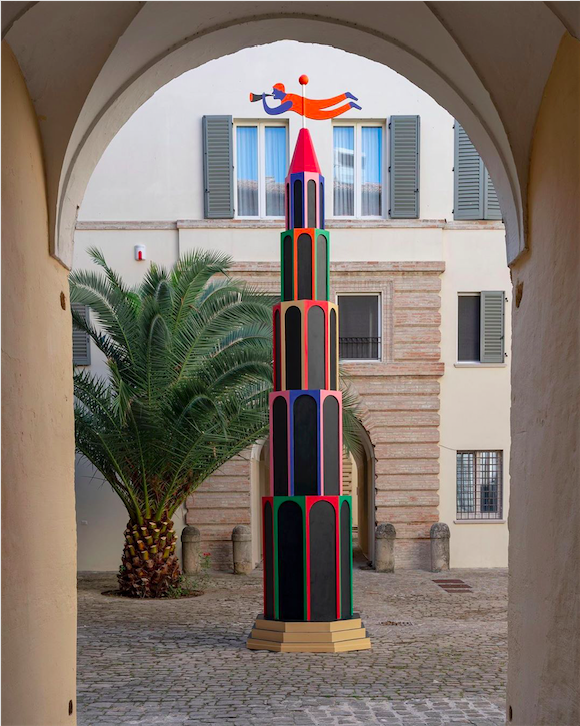
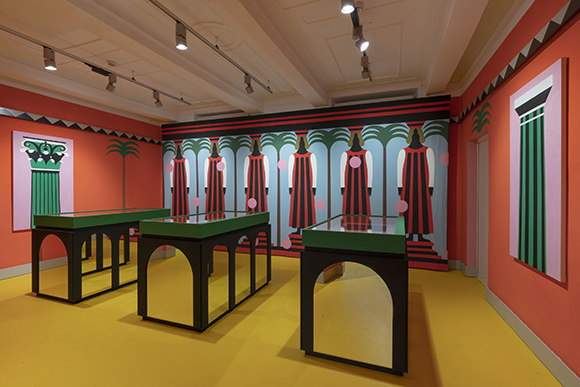
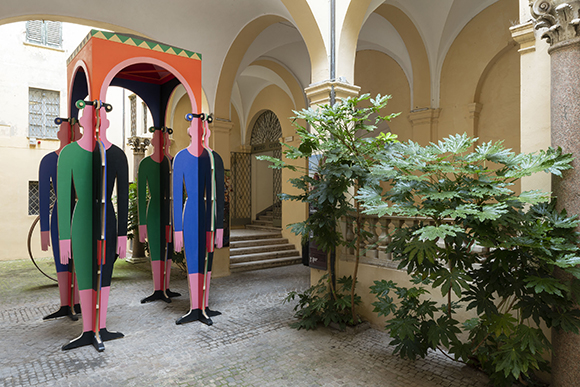
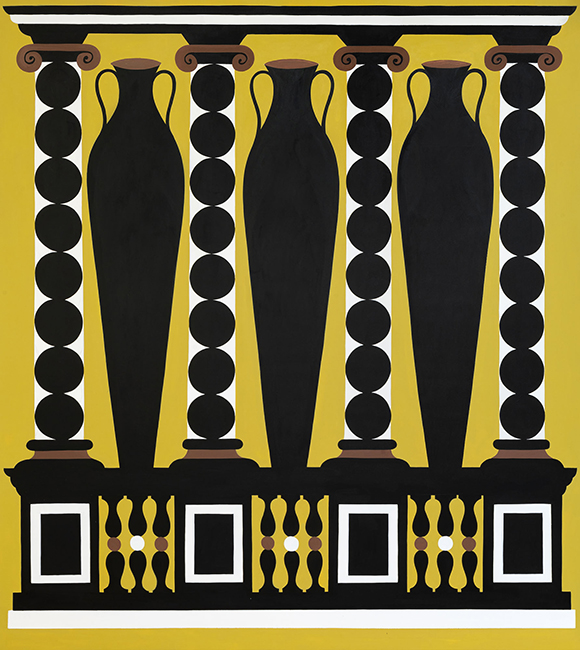
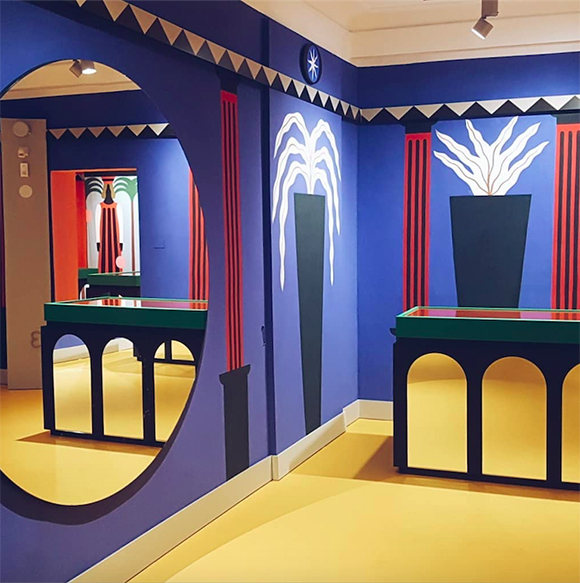
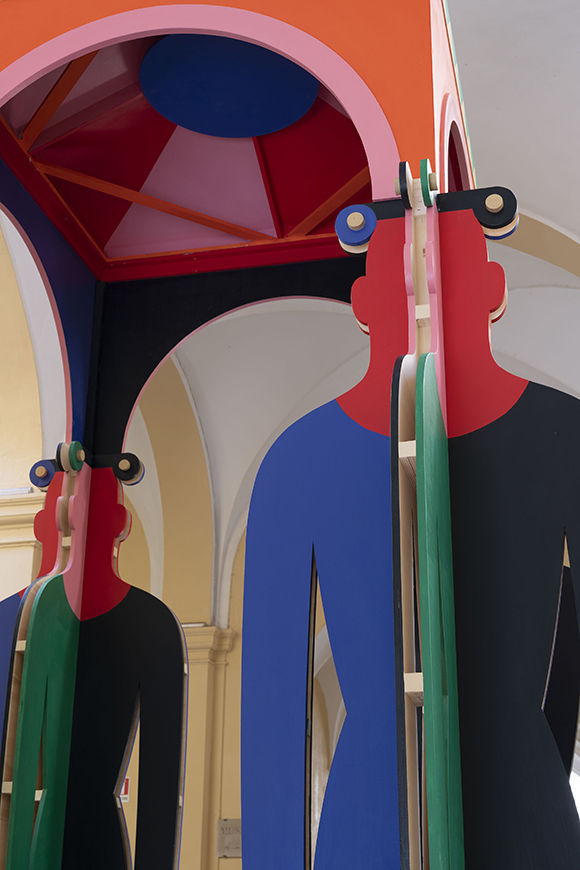
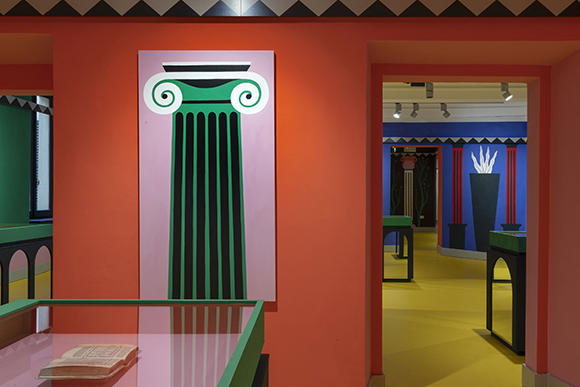
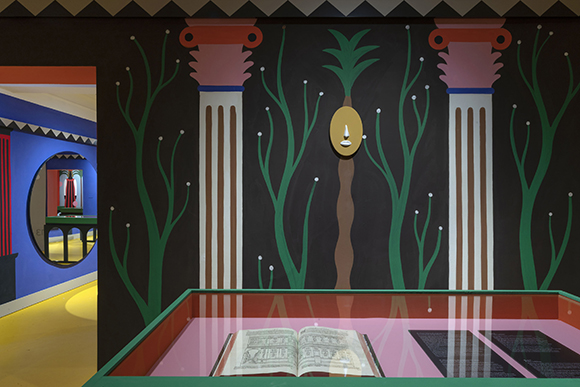
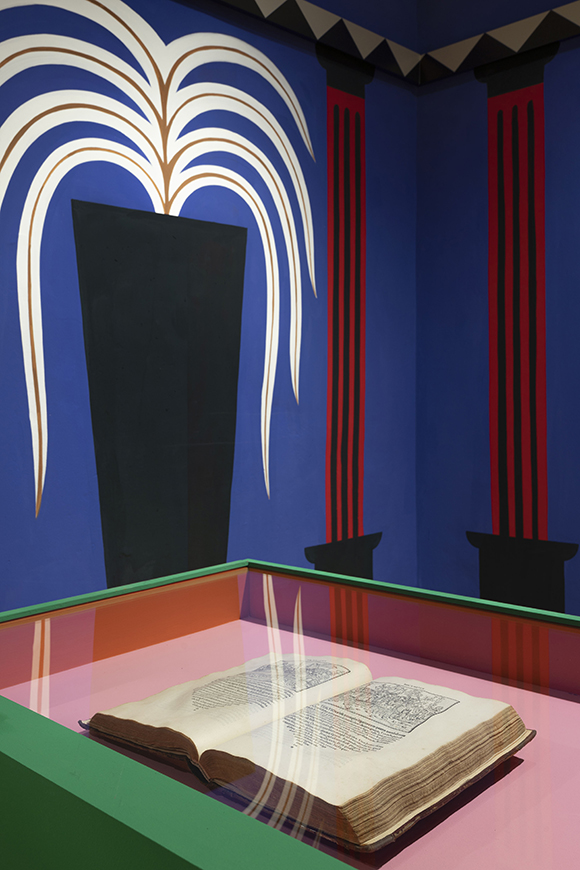
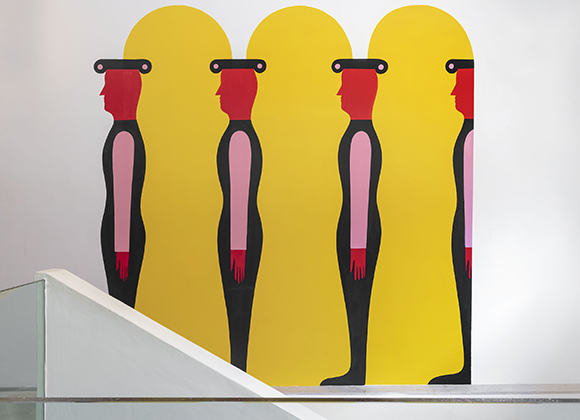
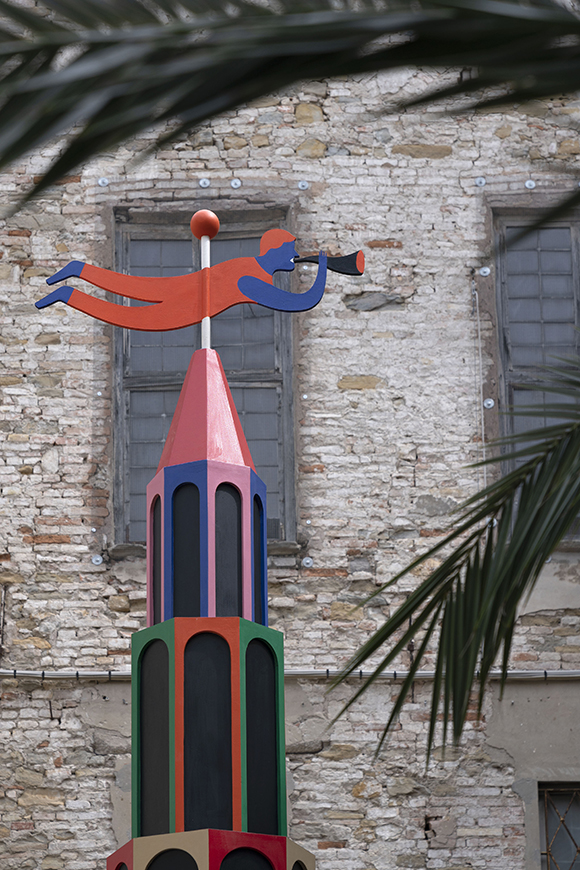
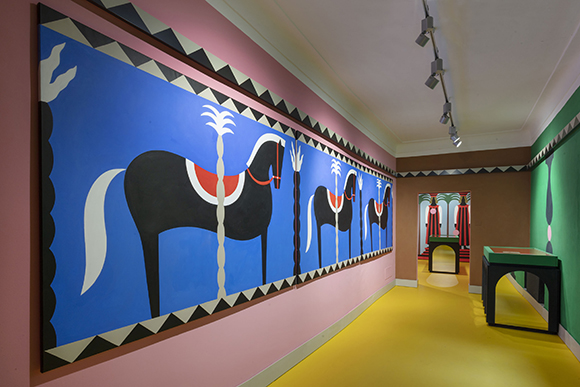
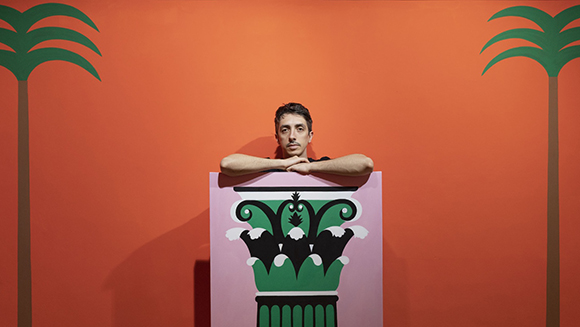
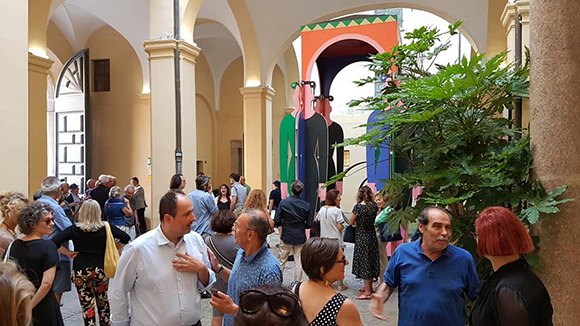
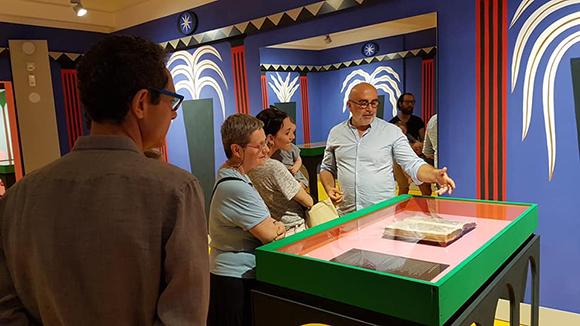
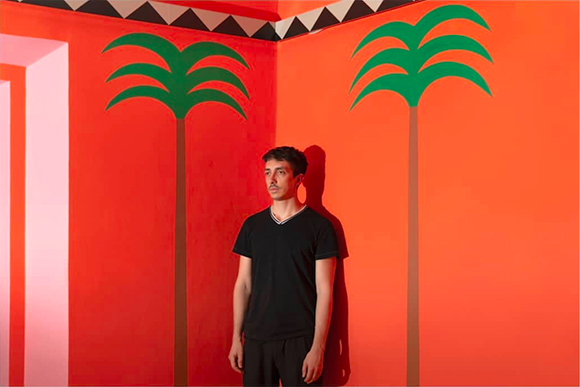
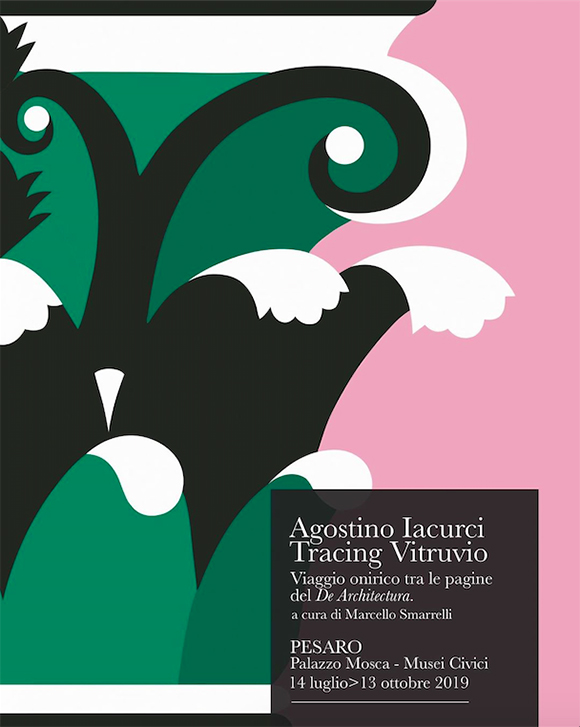
Tracing Vitruvio: Agostino Iacurci’s new solo show
Agostino Iacurci’s new solo show, ‘Tracing Vitruvio,’ launched in Pesaro, Italy, on the 14th of July and it is the artist’s biggest show to date.
The exhibition is “a dreamlike journey through the pages of De Architectura,’ a treatise on architecture written around 15 BC by Roman architect Vitruvius, widely considered to be the father of architectural theory.
Starting in the beautiful courtyard and extending into the rooms of Pesaro’s civic museum, Palazzo Mosca, Iacurci’s exhibition pairs ten different editions of De Architectura provided by the Oliveriana Library with original paintings and site-specific installations.
Agostino’s artworks are reminiscent of Vitruvian forms and creations but reinterpreted into a “kaleidoscopic and surreal pictorial language.” Columns, buttresses and archways take on new meanings and interpretations as a result of Agostino’s distinctively alluring exploration. His bold and vibrant colours are instrumental to liberating “classical antiquity from the ethereal candour and the aura of Olympic balance that Neoclassicism has handed down to us,” says the artist.
Agostino’s fascinating hybrid of classical and contemporary weaves a path through apparent dichotomies that connects the viewer with “a Mediterranean architecture inspired by colour, light, and in constant tension between the Apollonian and the Dionysian, reason and feeling.”
The exhibition is open until the 13th of October 2019.
See more of Agostino’s work here.